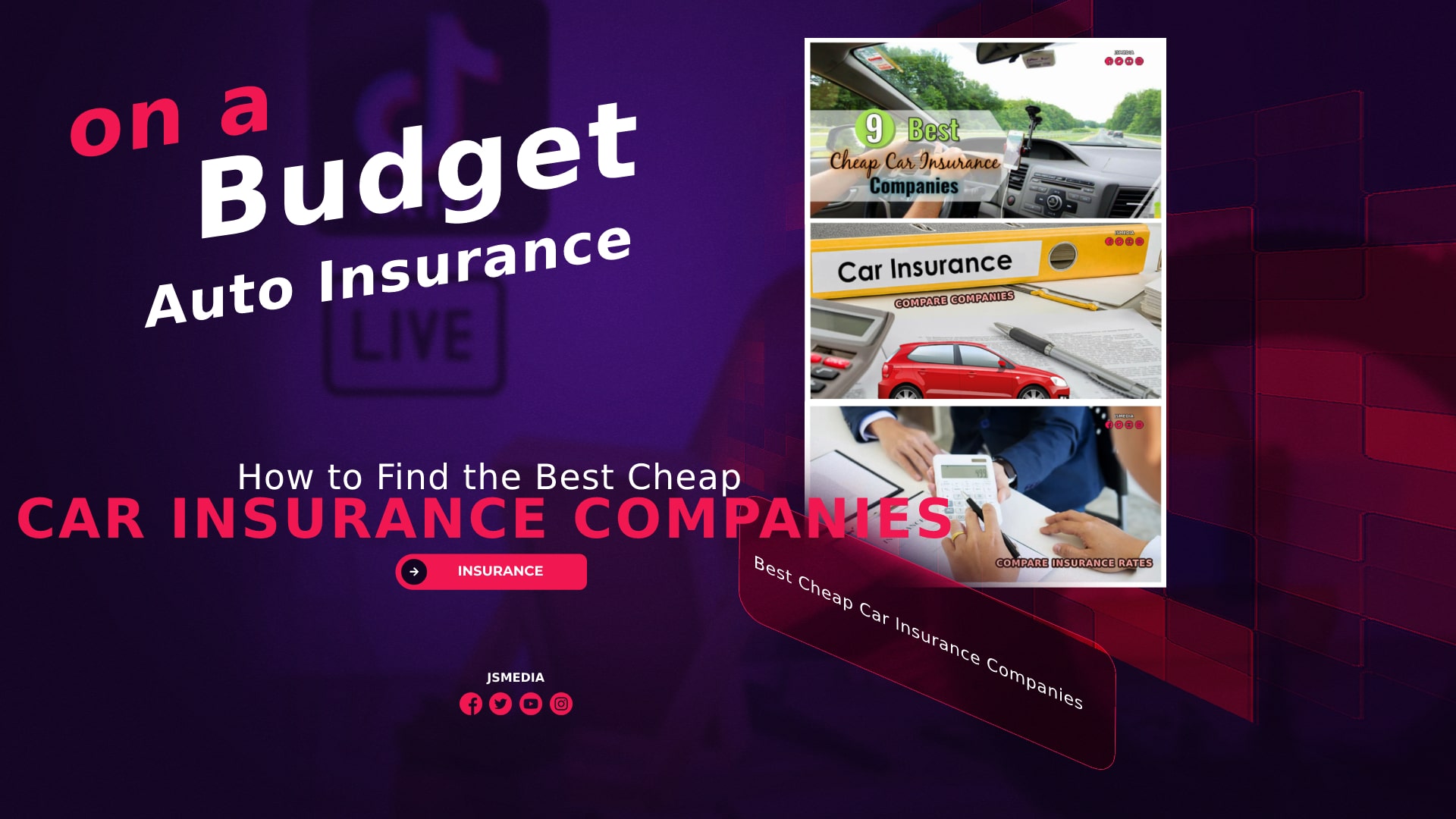Car coverage can often feel similar to a confusing maze, leaving many drivers bewildered by the myriad of options and terminology. Whether you are a inexperienced buyer or looking to alter providers, understanding the ins and outs of vehicle insurance is essential for protecting yourself and your vehicle on the road. This guide is designed to help you maneuver the complexities of car insurance, transforming the process more straightforward and less daunting.
With many plans, insurance options, and rates available, it's crucial to equip yourself with the knowledge needed to make wise decisions. From third-party coverage to collision and comprehensive policies, knowing what the terminology means and how it applies to your situation can save you time and expenses. By analyzing the essential aspects of car insurance, this guide will empower you to find the suitable policy tailored to your needs.
Grasping Vehicle Coverage Basics
Vehicle insurance is a contract between you and you and an insurance provider that offers monetary security in the scenario of an incident, larceny, or damage to your car. By paying a payment, you are covered for certain costs associated with vehicle-related events. Comprehending the essentials of car insurance is essential for selecting the appropriate plan and making sure you have proper insurance for your needs.
There are various types of insurance options within car insurance, including responsibility coverage, collision coverage, and comprehensive coverage. Liability coverage helps compensate damages to other people and their possessions if you are at fault in an incident. Collision coverage covers harm to your own automobile after an incident, while comprehensive coverage protects against incidents not involving a collision like larceny or calamities. Understanding the differences between these types can help you formulate informed choices.
When choosing a vehicle coverage plan, it is crucial to evaluate factors like coverage limits, cost-sharing amounts, and savings. Greater coverage limits may offer greater protection but could lead to increased premiums. Out-of-pocket expenses are the amount you cover yourself before insurance kicks in, and choosing a greater out-of-pocket expense can lower your cost. Numerous insurance companies also extend discounts for clean driving records, combined plans, or low mileage, which can more reduce your total expenses.
Types of Auto Insurance Coverage
As you think about car insurance, it's important to comprehend the multiple types of coverage available. The most typical form is liability coverage, which is commonly required by law. This coverage protects you if you are found to be at fault in an accident, encompassing bodily injuries and property damage to others. It is imperative to have sufficient liability limits to safeguard your property in case of a major claim.
Furthermore, important type of coverage is collision coverage. This pays for the repairs to your vehicle after an accident, irrespective of who caused it. If your car is damaged in a collision, you can file a claim under this coverage to return to driving faster. While not mandatory, collision insurance is wise for drivers with more recent or luxury vehicles who want to safeguard their investment.
Comprehensive insurance is also a vital part of auto insurance coverage. It shields against non-collision incidents, such as theft, vandalism, or natural disasters. This type of insurance makes sure you're covered for damages not caused by a collision, providing peace of mind for unexpected events. Merging comprehensive with liability and collision creates a complete insurance plan that protects you and your vehicle on the road.
Advice for Choosing the Appropriate Coverage
When deciding on a auto insurance policy, it is crucial to evaluate your insurance requirements based on your driving habits, the kind of car you own, and your budget. Consider factors such as if you use your car regularly, how often you encounter difficult situations, and the longevity and value of your vehicle. Tailoring your policy to suit these aspects will help you steer clear of paying for excess coverage while guaranteeing you are properly protected.

It is also essential to contrast different providers and their offerings. Make an effort to examine various insurance companies to gain insight into their standing, client reviews, and claim handling. Many platforms allow you to obtain estimates from multiple insurers, which makes the process of evaluation easier. Seek out offers that may apply, for example record of safe driving or combining auto insurance with other policies. Each provider has its distinct advantages, so shop around to find the ideal choice for your needs.
In conclusion, be sure to review the fine print of the policy you are considering. Understanding the terms, rules, and exclusions is essential to ensure you know what is included and what is excluded. best car insurance near me on the out-of-pocket costs, caps, and any additional endorsements that may be necessary for your individual situation. Taking the time to thoroughly examine the policy specifications will help prevent surprising costs down the road and offer comfort while in your vehicle.
